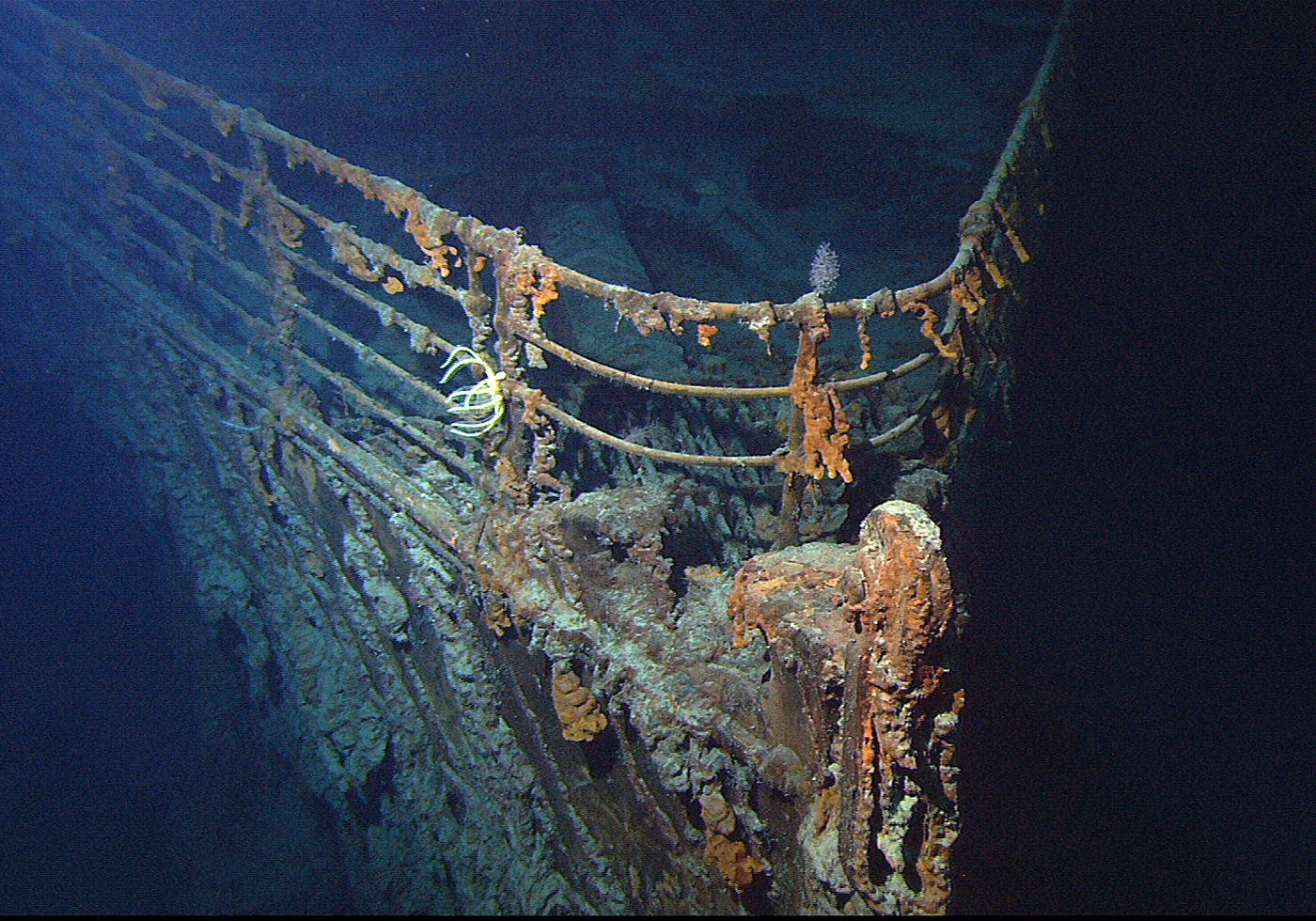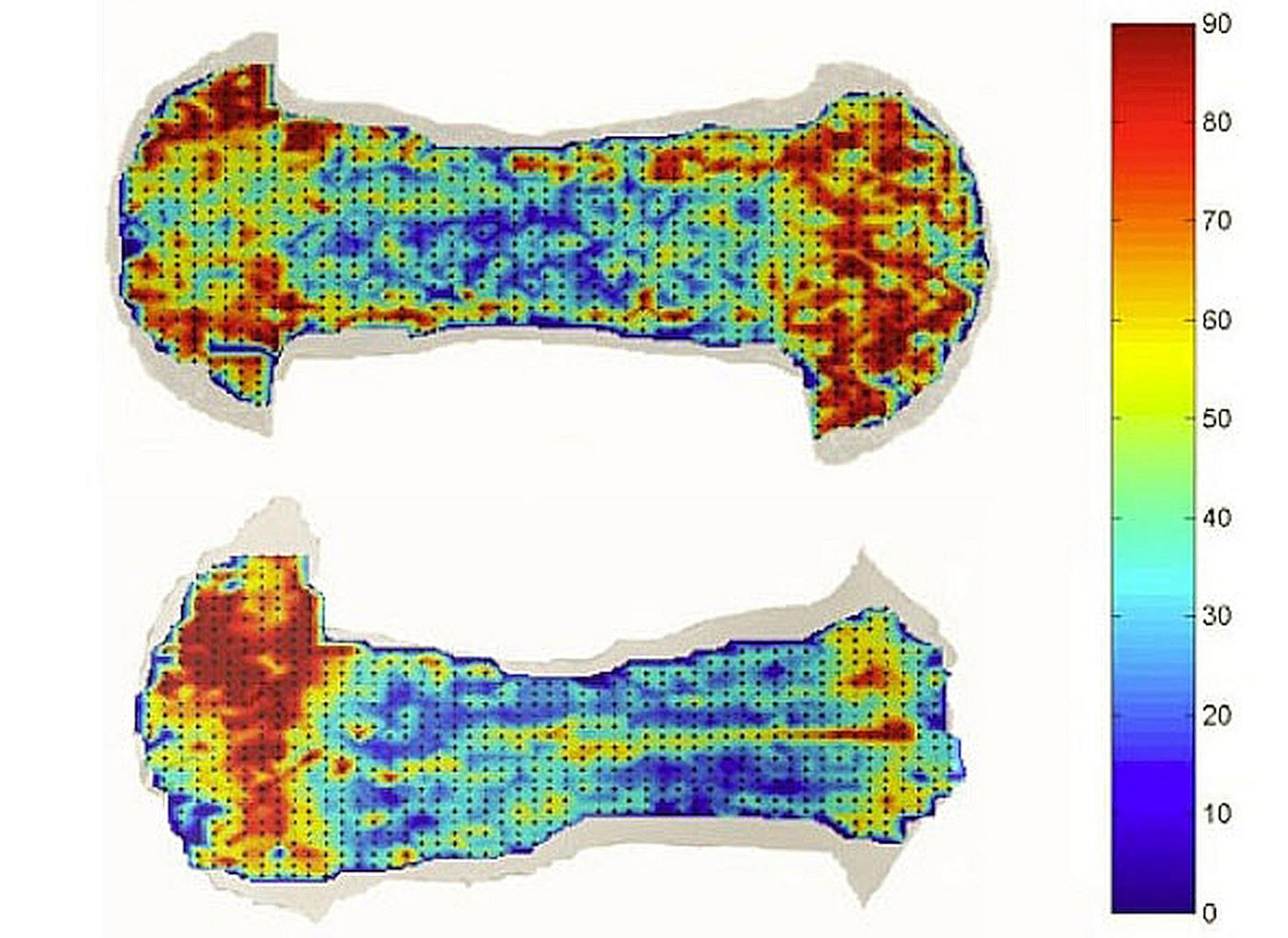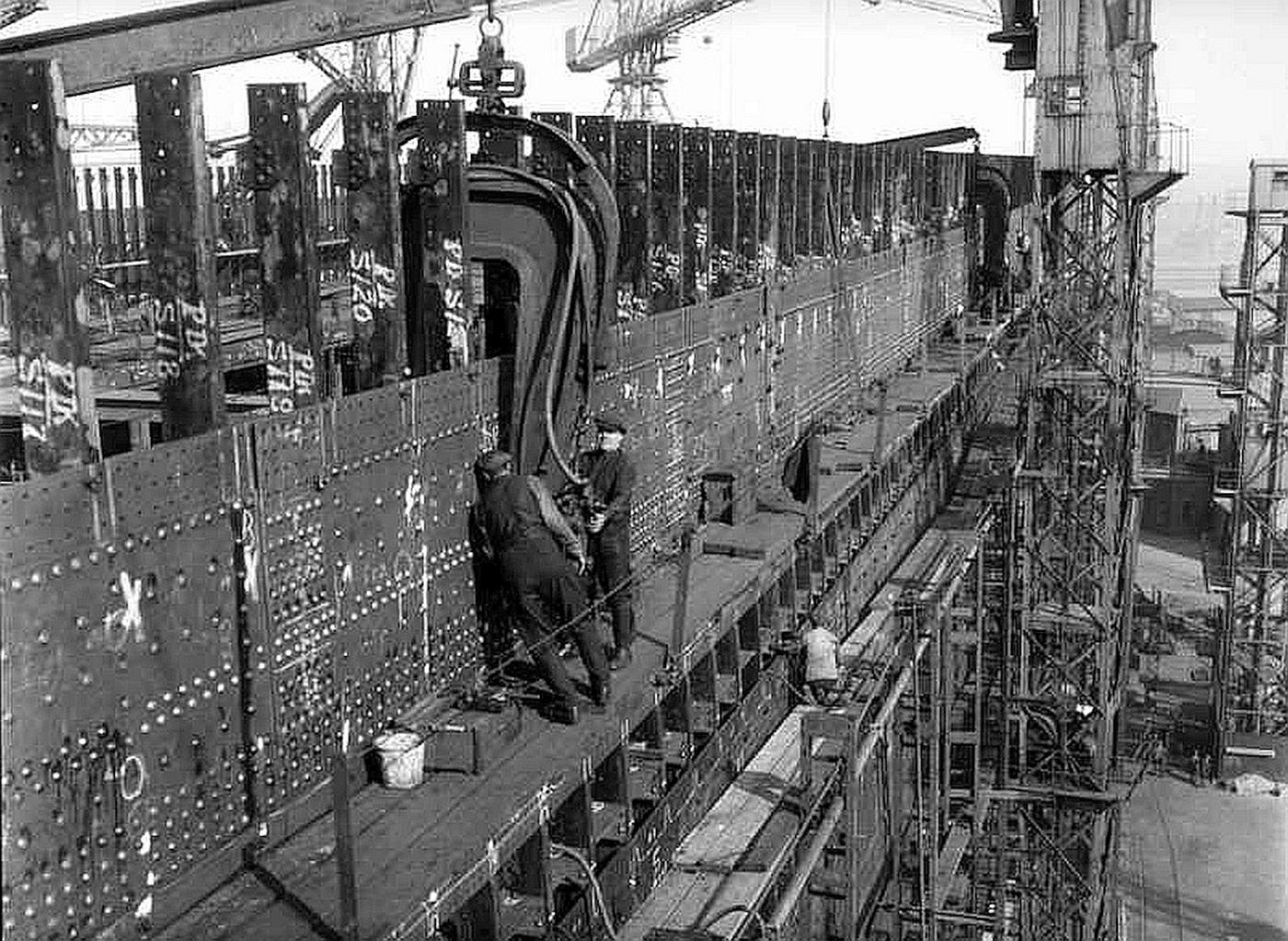Science Showed How a Tiny Iron Flaw Doomed the Titanic
- The “unsinkable” RMS Titanic sank in April 1912. But what caused its quick demise?
- A NIST metallurgist analyzed pieces of debris to find out.
- Residue in the wrought iron in the rivets made the rivets too brittle, causing the rivet heads to break off, letting water rush in.
What doomed the RMS Titanic?
In 1998, then-National Institute of Standards and Technology (NIST) metallurgist Tim Foecke answered that question. The suspected culprit was one of the ship’s smallest components — 3 million wrought iron rivets used to hold the hull sections together.
Foecke performed metallurgical and mechanical analyses on steel and rivet samples recovered from the so-called unsinkable ship’s debris field at the bottom of the ocean.
He determined that the wrought iron in the rivets contained three times today’s allowable amount of slag (the glassy residue left behind after the smelting of the iron ore). The slag made the rivets more brittle than they should be when exposed to very cold temperatures — like those typically found in the icy seawater of the North Atlantic.

Foecke’s analysis strongly suggested the collision with the iceberg caused rivet heads to break off, popped the fasteners from their holes and allowed water to rush in between the separated hull plates.
Two additional pieces of evidence also support this theory.

First, sonar mapping of the Titanic’s starboard hull showed only six thin tears from the iceberg, with a total open area of one square meter (12 square feet). This dispelled the myth that the iceberg ripped a large gash in the side of the ship. The actual damage could not have resulted in the flooding that overwhelmed the Titanic’s watertight compartments.
Additionally, photographs of Titanic’s sister ship, the RMS Olympic, taken after it collided with another vessel in 1911, clearly show dozens of vacant holes in the hull from which rivets popped.

Did You Know?
- Experts believe that if the Titanic had hit the iceberg head-on instead of striking it on the starboard side, the liner likely would have stayed afloat. By turning in a futile attempt to avoid collision, the Titanic took the full pressure of the iceberg against its hull, likely resulting in the fatal rivet popping and separation of the hull plates.
- Titanic was equipped to carry more than 60 lifeboats, yet it left Southampton, England, on its maiden (and last) voyage with just 20. Only 28 people were aboard the first lifeboat launched after the collision with the iceberg, although the craft was designed to seat 65.
- The Parlour Suites, the most luxurious rooms on board the Titanic, featured a private promenade and cost $4,350 in 1912 U.S. dollars — equivalent to more than $100,000 in today's money — for a six-day, one-way transatlantic passage.

